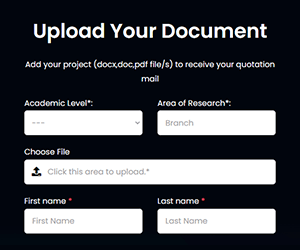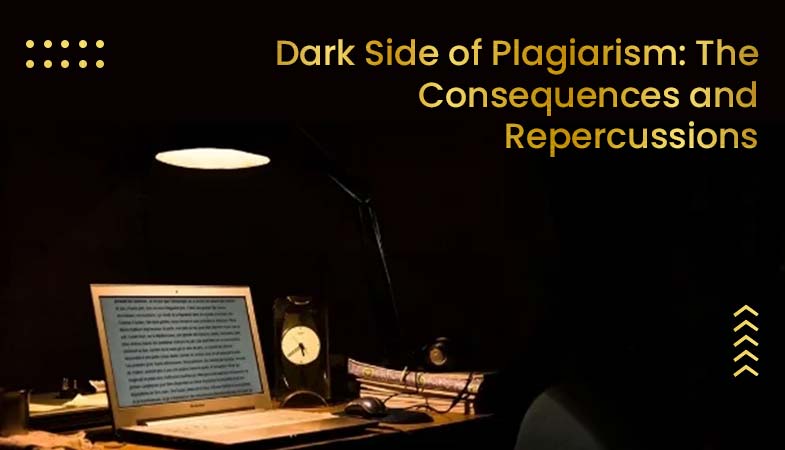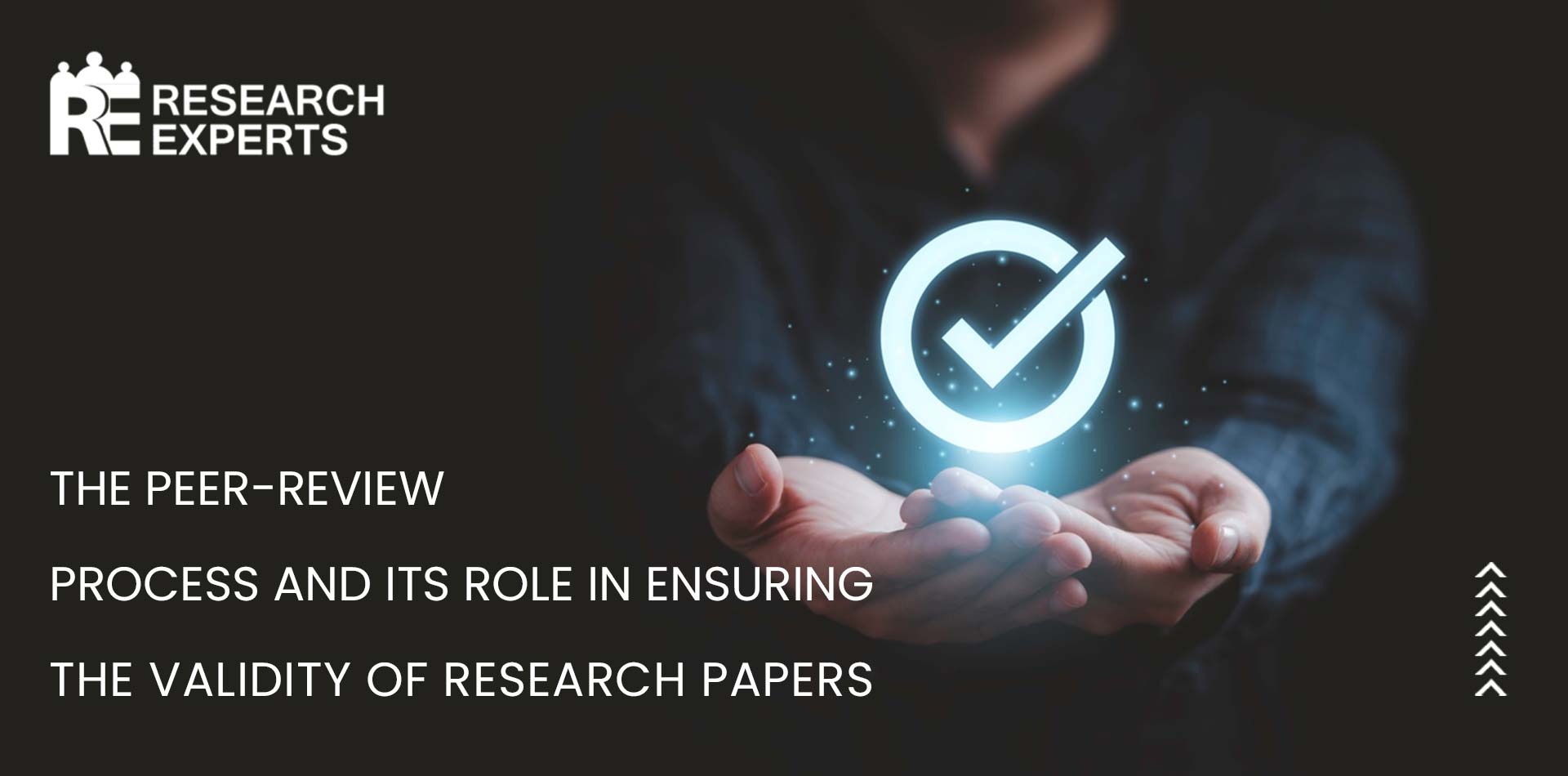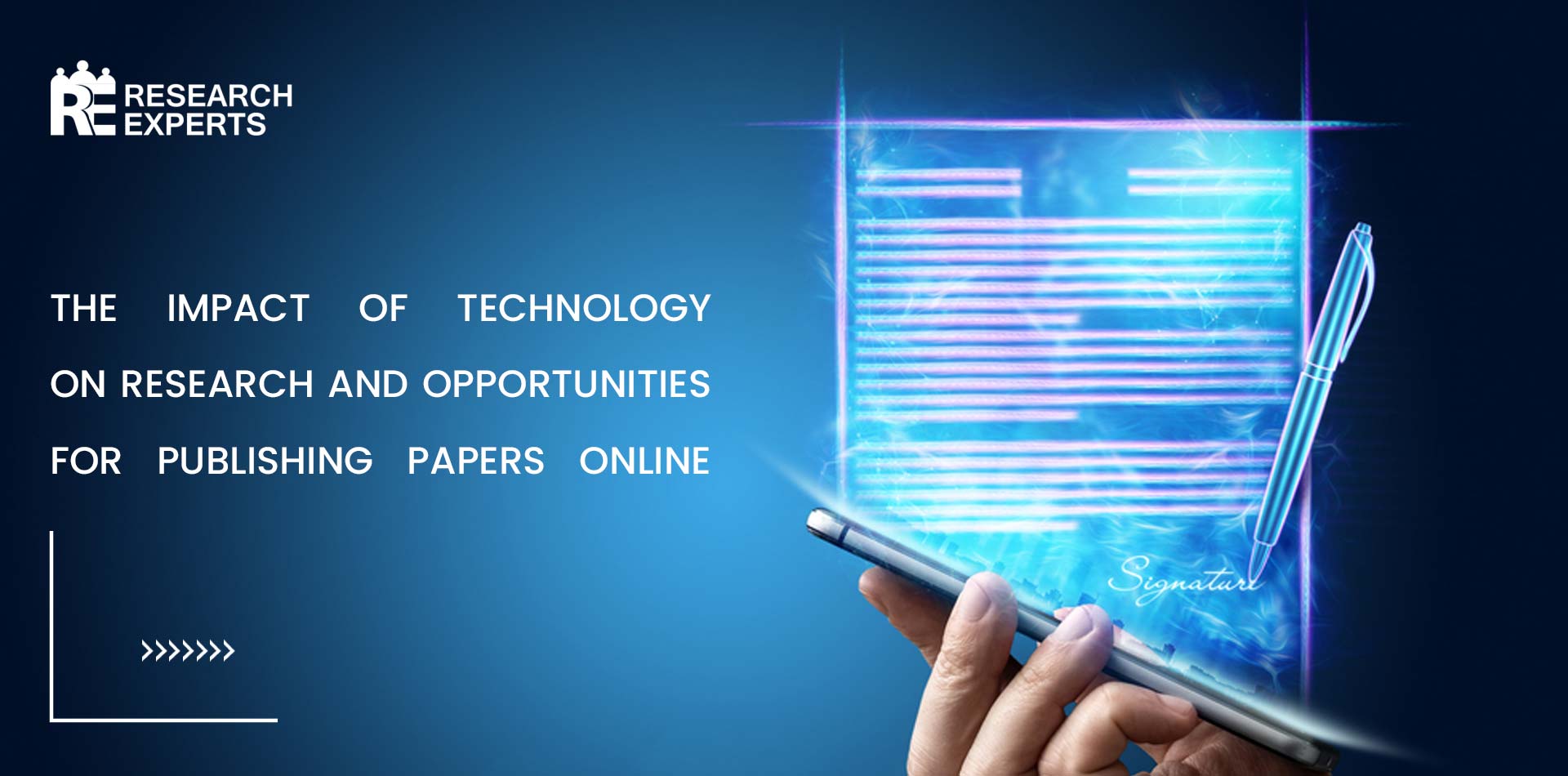
Intersection of Plagiarism and Intellectual Property Law
Intersection of Plagiarism and Intellectual Property Law – The intersection of plagiarism and intellectual property law is a complex and important area, as both concepts relate to the protection of original ideas and creations. Plagiarism is seen as a kind of academic misconduct, which may result in significant repercussions for the student who commits the act. These penalties may include academic probation, expulsion from a program, or even the cancellation of a degree.
Plagiarism is described as the act of utilizing the words or ideas of another person as if they were your own without properly attributing where the words or ideas were obtained from. When a student presents the work of another person as their own or when a researcher exploits the ideas or discoveries of another person without providing credit, both of these situations are examples of plagiarism.
Know about Intersection of Plagiarism and Intellectual Property Law
Intellectual property law, on the other hand, is a legal framework that protects the rights of individuals and organizations to their original creations and ideas. This includes copyrights, which protect original works of literature, music, and art; trademarks, which protect brand names and logos; and patents, which protect inventions.
At the intersection of plagiarism and intellectual property law, it is important to understand that plagiarism is not only unethical, but it is also potentially illegal. If a student or researcher is found to have committed plagiarism, they could potentially face legal action for violating the copyright of the original creator. This is especially true if the plagiarized material is published or distributed in some way, as this could be considered copyright infringement.
To avoid the legal consequences of plagiarism, it is important for students and researchers to understand the importance of proper attribution and to take steps to ensure that their work is original. This includes understanding how to properly cite sources using the appropriate citation style and obtaining permission to use someone else’s work when necessary. It is also important for individuals and institutions to have a clear understanding of intellectual property law and to take steps to protect the rights of original creators.
Conclusion
In conclusion, the intersection of plagiarism and intellectual property law is an important area to understand as it relates to the protection of original ideas and creations. By understanding the importance of proper attribution and taking steps to prevent plagiarism, individuals and institutions can avoid the legal consequences of violating intellectual property rights.








